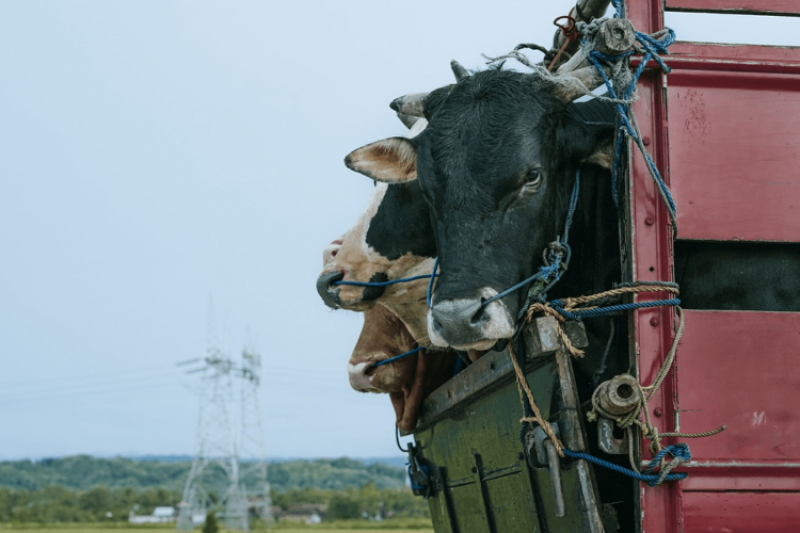What do (1) genomic approaches to improve the disease resistance of livestock breeds, (2) feed additives that reduce methane production by cattle and other ruminants, and (3) culturing animal cells in a bioreactor to make cultivated meat all have in common? They are all recent biotechnology and biomanufacturing innovations that form a critical part of the growing U.S. biomanufacturing economy. The first two are intended to help reduce the environmental footprint of animal agriculture, and the third aims to produce meat without killing animals.
And yet, the United States regulatory policies that govern the go-to-market pathways for these products vary considerably, and in ways that are independent of potential risks to humans, animals, or the environment.
Intentional genomic alterations (IGAs), and feed additives with an intended use to reduce methane production, trigger federal regulatory oversight using the incongruous, expensive, and time-consuming new animal drug-approval pathway. Ironically, the current drug-centric regulatory policies for bioengineered animals and feed additives disadvantage the research, investment, and adoption of these technologies by U.S. farmers and ranchers growing conventional livestock at a time of increasing concern regarding the environmental footprint of animal agriculture. This regulatory approach is counterproductive, and the United States is starting to lag behind the rest of the world when it comes to the approval, and ultimately the adoption, of biotechnology and biomanufacturing innovations.
































